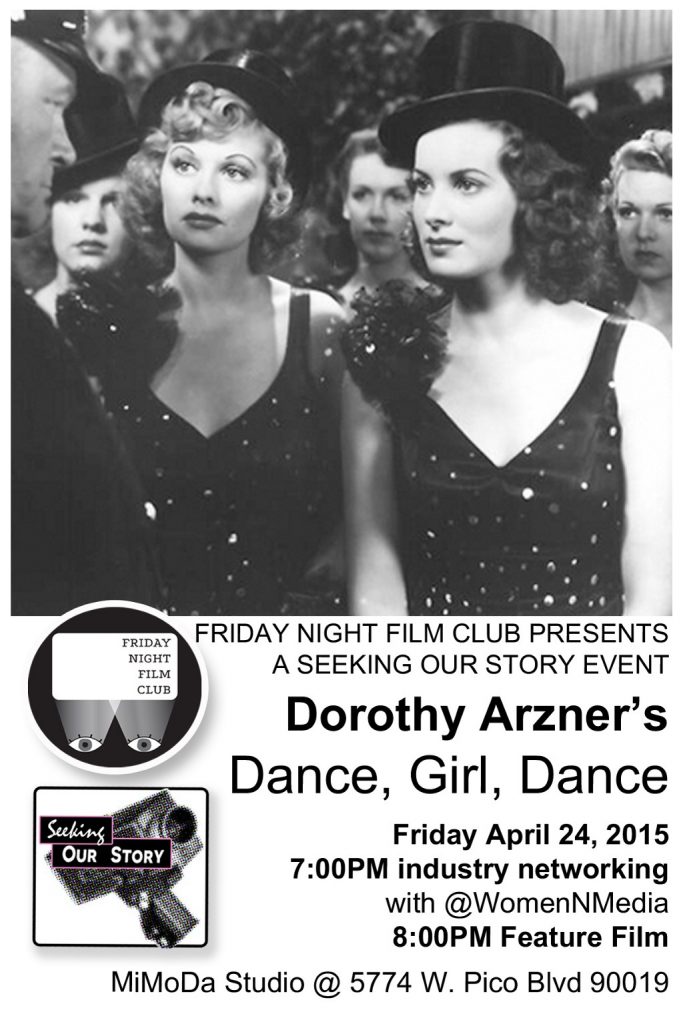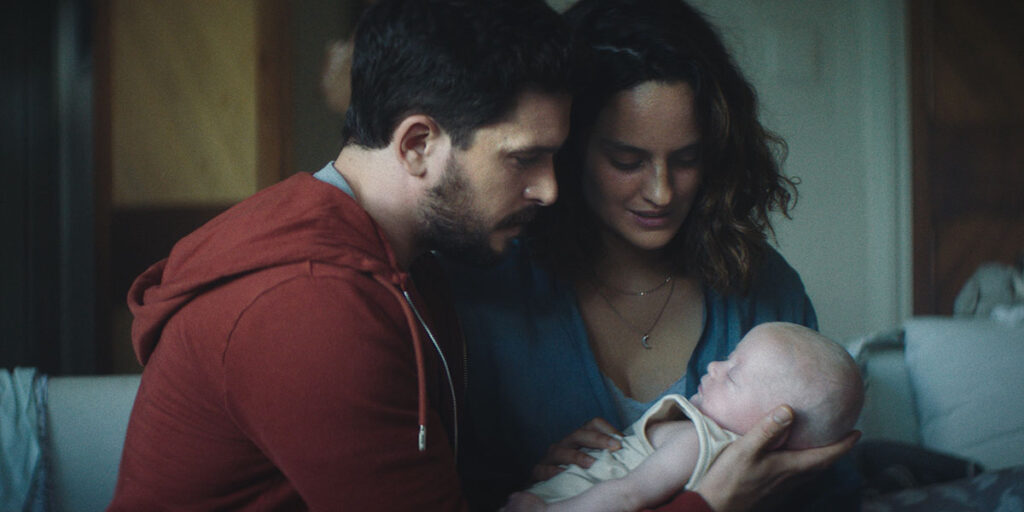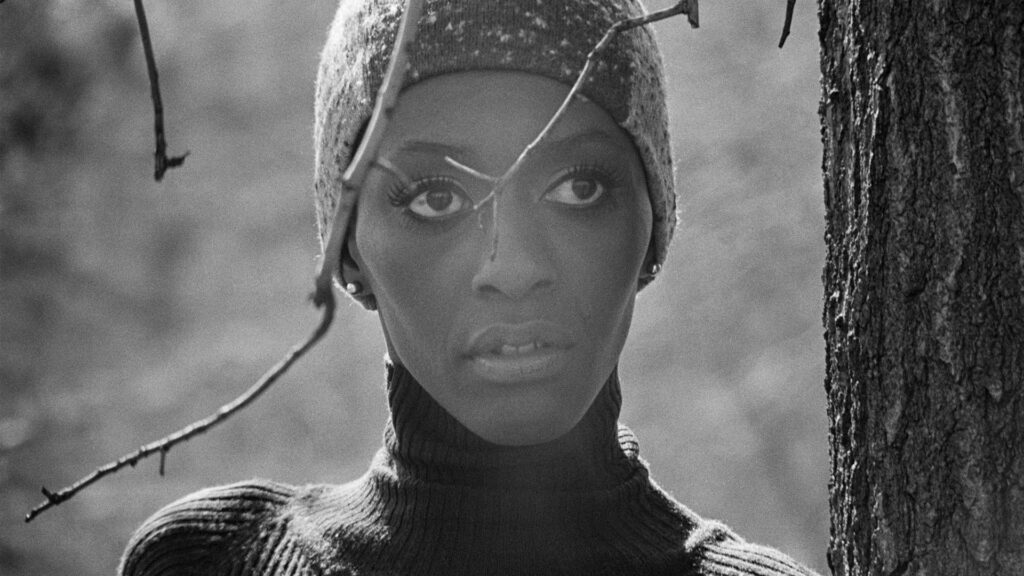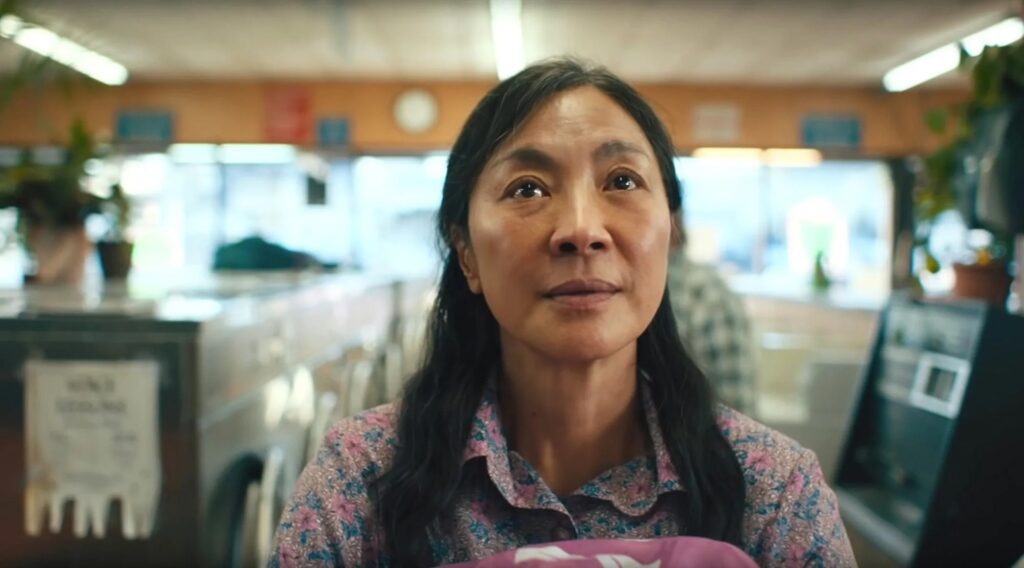To celebrate the first
anniversary of Seeking Our Story, this month’s screening will proudly feature a
woman of many firsts: Dorothy Arzner.
Arzner first moved to Hollywood in 1906, where
her father opened a restaurant frequented by silent film stars. Arzner attended Westlake Girls School and entered USC as a pre-med student in 1915, but left school to drive an ambulance during World War I. Biographer Susan Ware says it was during this time that Arzner met
William De Mille, head of the Los Angeles Emergency Ambulance Corps and an executive at Famous Players-Lasky Corporation.
Of her first visit to Famous
Players’ Paramount Studios, Arzner said, “I remember making the
observation, ‘If one was going to be in this movie business, one should be a
director, because he was the one who told everyone else what to do. In fact, he
was the ‘whole works.’” Hired as typist, Arzner was promoted to script
supervisor, writer, and “cutter” within her first six months. She garnered
attention by salvaging the Rudolph Valentino starrer “Blood and Sand” (1922) through juxtaposing stock footage and footage
of Valentino’s reactions. While working for director James
Cruse on “Old Ironsides” (1926), Arzner
became the first person ever to receive editorial screen credit.
After cutting over
fifty films for the studio, Arzner threatened to leave Paramount for Columbia
unless offered a directing opportunity. In 1927 Paramount made Arzner the only
woman director on contract with any Hollywood studio. She
made eleven features for Paramount, including “Fashions for Women” (1927), “Get
Your Man” (1927), “Ten Modern Commandments”
(1927), “Manhattan Cocktail” (1928), “Anybody’s Woman” (1930), “Sarah and Son” (1930), “Paramount on Parade” (1930), “Working Girls” (1931), “Honor Among Lovers” (1931) with Ginger
Rodgers and “Merrily We Go to Hell” (1932).
Arzner even directed Paramount’s first sound feature, “The Wild Party” (1929), starring Clara Bow. She invented the first
boom microphone to follow Bow around set. Through
Arzner’s direction, Bow was the first “it girl” to transition to sound.
After
breaking from her contract with Paramount in 1932, Arzner went on to direct
star-turning performances for many other women, including Katharine Hepburn in “Christopher Strong” (1933) for RKO, Anna Sten in “Nana” (1934) for Samuel Goldwyn, Rosalind Russell in “Craig’s Wife” (1936) for Columbia, Joan
Crawford in “The Bride Wore Red” (1937)
for MGM, Lucille Ball in “Dance, Girl,
Dance” (1940) for RKO and Merle Oberon in “First Comes Courage” (1943) for Columbia.
“Dance, Girl, Dance” features Lucille Ball and
Maureen O’Hara as working dancers with conflicting views on their industry.
As Theresa L. Geller writes, the film “foregrounds dance as women’s avenue to self-expression and economic
independence.” Arzner stepped onto the picture partway into production. Geller
notes that “Arzner’s significant change to the script when she took over the
project as director was to replace the male dance teacher with a woman, a
female coded very much like Arzner herself.” Author Judith Mayne claims that, “not only do
Arzner and Basilova dress alike; they both exchange looks of desire and longing
with their more ‘femme’ companions.” Rumored to have romantic entanglements with
many of her female collaborators, Arzner began her life-long partnership with
choreographer Marion
Morgan during this production.
In 193,8 Arzner became
the first woman to join the Directors Guild of America. The DGA quotes Arzner as saying, “I was averse to having any comment made about being a woman
director… because I wanted to stand up as a director and not have people make
allowances that it was a woman.” She remained the only female
member until Ida Lupino joined the guild in 1950.
During WWII, Arzner directed Women’s Army Corps instructional films while training other women to edit them. In the 1960s, she piloted the first
filmmaking courses at the Pasadena Playhouse and
became a professor at UCLA’s newly minted Motion Picture Division. Before
her death in 1979, the feminist movement reclaimed Arzner’s work, redefining
her as the first subversive viewpoint coded within the Hollywood system.
Join us Friday, April
24, for Seeking Our Story’s 1st anniversary! Dorothy
Arzner’s “Dance, Girl, Dance” screens at 8pm as part of MiMoDa Studio’s Friday
Night Film Club. Join @WomenNMedia for networking, starting at 7pm.
This is a community event with donations gratefully accepted.
Filmmaker Samantha Shada produces Seeking Our Story in Los Angeles, where she screens an alternative approach to film history by highlighting works by women directors.







